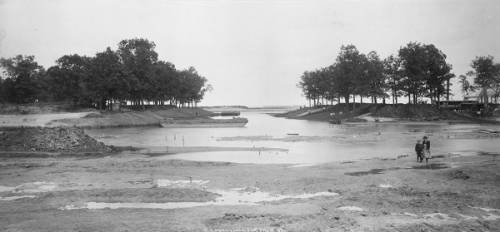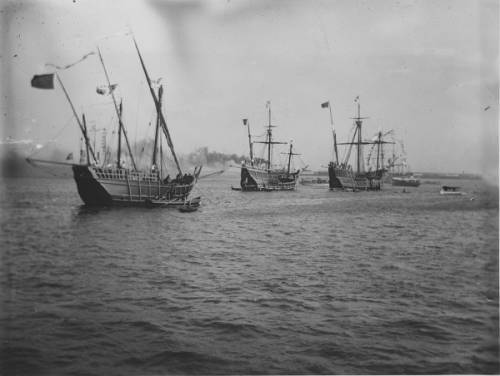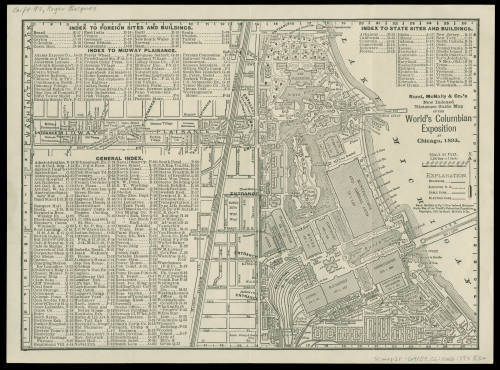The World's Columbian Exposition of 1893: Planning and Vision
The first World’s Fair, the exposition that would set the standard for all subsequent international exhibitions, was the Great Exhibition held by the United Kingdom in 1851. Housed in the magnificent Crystal Palace in Hyde Park, London, the exhibition served as a monument to the power of the British empire, its role as an industrial leader, and the ingenuity of its inventors, thinkers, and artists. The Great Exhibition was such a triumph that it would inspire seven more World’s Fairs in the forty-odd years between the Great Exhibition in 1851 and the World’s Columbian Exposition in 1893, including The Exhibition of the Industry of All Nations hosted by New York City in 1853 and the Centennial International Exhibition hosted by Philadelphia in 1876.
Encouraged by the success of the 1876 Centennial International Exhibition in Philadelphia and its almost 10 million visitors, the desire for an even greater World’s Fair that would celebrate the 400th anniversary of Christopher Columbus' arrival in the Americas swept the nation. In June 1888, this desire was put into motion with the introduction of a bill to Congress titled “A Bill to Provide for a Permanent Exposition of the Three Americas at the National Capital in Honor of the Four Hundredth Anniversary of the Discovery of America.” A bidding war quickly ensued as critics protested the automatic choice of the nation’s capital as the site for the World’s Fair. Chicago, New York City, and St. Louis made their own proposals before special House and Senate committees, with Chicago’s central location, 2,000 acres of parkland, and superior proximity to railroad systems winning the day. On February 25, 1890, a joint resolution selected Chicago as the host city, with President William Harrison’s approval given on April 28.
With Chicago approved as the host city for the World’s Fair, attention turned to the preparation and construction of the fairgrounds, with the aim of opening the Fair in 1892. Chicago architect and urban designer Daniel Burnham and prominent Central Park landscape architect Frederick Law Olmsted endeavored to transform the marshy 600-acre plus area of Jackson Park south of Chicago into a shining example of American city planning and landscape design. The massive undertaking of constructing the “White City” and its grounds began in January 1891, requiring more than 40,000 skilled workers and laborers at the height of construction. It soon became clear to Burnham that opening the Fair in 1892 would be impossible due to the immense scale of his plans. To mark the occasion, and also allow for additional construction time, grand dedication ceremonies and festivities were held at the fairgrounds on October 21, 1892, with the actual opening of the World’s Fair delayed to the following spring. On May 1, 1893, the gates to the World’s Columbian Exposition finally swung open, with all but a few minor attractions ready for the paying public.



